MAKING A NEW INDIA
July 15, 2015 5:34 pm
‘Make in India’ and its lion are roaring for an improved, developed and new India
It’s never too late, and the Modi Government has learned the lesson and understood the need that India becomes a manufacturing hub. He has been travelling around world the way Jackie Chan did in the movie, “Around the World in 80 Days”— meeting policy makers, hosting events, posing for selfies and airing “chai pe charcha.”
Mr Modi is determined enough not to let this opportunity go. At the Hannover Messe — world’s largest trade fair — he assured that his government is “removing unnecessary regulations and simplifying our procedures” to make doing business in India easy. He promised a “predictable, stable and competitive” tax regime as he pitched his “Make in India” agenda.
In a recent visit to China, PM Modi made a strong pitch directly to major Chinese CEOs, asking them to invest in Indian manufacturing. He spoke about India’s long-term growth trajectory of 7.5-8 per cent a year and promised setting up of special manufacturing zones for them from where they could access the lucrative and growing Indian market as well as produce for exports to the region.
It seems the lion of “Make in India” is on its way of becoming a symbol of new India.
Making promisesThe “Make In India” campaign promises new initiatives designed to facilitate investment, foster innovation, protect intellectual property and build world-class manufacturing infrastructure. It together with some specific steps taken like ease of doing business, phased reduction of corporate tax, government’s resolve of rolling out GST, and investments in infrastructure development will boost the Indian economy.
The major objective behind this initiative is to focus on 25 sectors of economy for job creation and skill enhancement. The initiative also aims at high-quality standards and minimising the impact on the environment. The initiative hopes to attract technological and capital investment in India. “We expect the ‘Make in India’ initiative will make the industry grow at a healthy CAGR in coming years,” says Amar Kaul, Territory Vice President and Business Leader – India, Middle East and South Africa, Compressed Air Systems and Services, Ingersoll Rand.
The campaign resonates well for almost every industry, including electric equipment and automation industry which had borne the brunt of an economic slowdown. Rajeev Sharma, Head – Corporate Services and Strategic Planning, Mitsubishi Electric India, feels, “We see a huge business opportunity emerging for our industry in providing electric and automation solutions. In order to cater to this increasing demand, our industry will plan to invest more in setting up manufacturing facilities, research and development labs, and roping in local manpower. The resulting domino effect will have a positive impact on the growth of the industry as a whole and manufacturing share in the GDP growth.”
“The ‘Make in India’ campaign has come at the right time,” believes Vineet Seth, Managing Director, South Asia and Middle East, Delcam Ltd. “One of the major positive indicators of the country’s GDP is manufacturing. This campaign will help in fuelling innovation across the existing manufacturing infrastructure in the country, as well as motivate newer entrepreneurs to embrace manufacturing and not just limit themselves to services and trading sector.”
On the shorter term, it will foster investments, infrastructure revamp, training and so forth. On the longer term, it will help create a manufacturing economy that will drive the country forward. Mr Seth adds, “In the immediate future, it will foster a shift for a better tomorrow.”
Sharing his views on the “Make In India” initiative as far as machine tools industry is concerned, Keshav Khurana, Executive Director, Wohlhaupter India, said, “The initiative will definitely bring down the costs to end customers. Delivery times too will come down.”
Amit Kapur, Director, Everest Group, says, “This initiative will bring in the required change and act as a big booster for the manufacturing sector.”
Strategies to achieve successIn a survey conducted by the World Bank, India ranks 134 for ease of doing business, 186 for enforcing contracts and 179 for starting a business. This ranking reflects on the room for improvement. “With the steps taken by the Government of India, we should be able to improve this substantially,” Mr Kaul asserts.
Also, global investors who were looking for a stable government to start their business in India now have that need fulfilled which will definitely help kick-start FDI. “To sustain and grow the flow, Indian Government would need to change rules, regulations and policies to make it investor friendly,” Mr Kaul adds.
The first and foremost strategy is by instilling investors confidence and enabling growth. Ramesh Suri, President, Automotive Component Manufacturers Association of India (ACMA) explains, “We urgently need labour reforms, some states are already made a beginning, others need to follow suit. This has to be reinforced by skilling our workforce and in the automotive sector, the Automotive Skill Development Council is one of sector councils under NSDC which is making satisfactory progress, this needs to gather momentum.”
“Make in India” can be successful only if manufacturers in India are allowed the ease of doing business. The industry should be provided with a business environment that offers transparent policy changes, pursues an ambitious trade agenda, speedy environmental and bureaucratic clearances and an enabling infrastructure and of course. “All these lower the costs to doing business,” explains Mr Sharma. “Manufacturers, in turn, should not only push for low-cost goods but also for quality and reliability, while focusing on making in India for the domestic market as well as exports.”
Although the government is making its efforts to promote the campaign globally, the government also needs to proactive to promote domestic manufacturing. “A good beginning has already been made,” assures Mr Suri. “It is indeed heartening that the government recognises the potential.”
The campaign, no doubt, cannot be successful without focus on ease of doing business. According to Mr Suri, “The governments at centre and states have been in dialogue with ACMA where we have collectively put specific recommendations to help us resolve administrative challenges that impede business.” He recommends some actions what the government should focus on. These are:
• Reviewing of Automotive Mission Plan with a roadmap until 2026• Addressing the cost of capital in India which is the highest among the emerging markets• Technology upgrade scheme for the components sector• Fast introduction of GST and removal of procedural hurdles for ease of doing business• Addressing inverted duty structure and challenges arising out of trade agreements.
The initiative can also be described as a collective effort. “If ‘Make in India’ has to achieve success, it will require that all the stakeholders come together and put in positive efforts,” believes Mr Seth. “The government will not only have to write the policies, but should also put in mechanisms to measure the efficacy of such a policy. The advisory body should also be in touch with market realities both within the country as well as outside and make changes to the policy and implement them, dynamically.”
Mr Seth also recommends that several industry bodies should work with the government without bias to raise the overall manufacturing potential both within their domains as well as cross functionally. Individuals and organisations should believe in the campaign and dare to innovate. “India not only has the potential for domestic consumption, but we are increasingly being looked upon as a destination for quality exports to the entire world,” he adds.
The campaign has the potential to become a great success, as there are a lot of opportunities to be tapped in the Indian manufacturing sector. Mr Kapur believes, “We sincerely needs to replace the ‘imitation’ practice with ‘innovation’ practice. A right ecosystem will fuel the spirit of innovation. It would be great to see domestic companies leading the innovation and thereby making India an innovation champion.”
Addressing industry concernsThe Indian economy is projected to clock a growth rate of 7.4 per cent in the current financial year and likely to improve to 8.3 per cent by 2016-17. The GDP growth in the first three quarters of the current fiscal year ending March has averaged 7.4 per cent YoY — an improvement over the previous year. It is believed that the trend is likely to continue in the coming months.
The RBI is likely to cut rates by another 25 bps by June, but it has to be cautioned that the space for more aggressive rate cuts is constrained by the RBI’s explicit mandate to bring the inflation rate to the mid-point of the 4 per cent. In March, the RBI surprised markets by reducing the benchmark interest rate by 0.25 per cent to 7.5 per cent on the back of softening inflation and the government’s commitment to continue the fiscal consolidation programme. This was the second time in two months that the RBI cut interest rates outside the regular policy reviews. Last time in January, it had cut the repo rate by 0.25 per cent to 7.75 per cent.
Subsidies, tax benefits and win-win labour laws will go as a help towards promoting domestic manufacturing. However, the most important for government is to focus on infrastructure growth which is not in-line with requirement of a developing country like India. The government should also keep providing monetary benefits and subsidies to make manufacturing lucrative as a step towards reduced investment costs.
Roadblocks to overcomeThere are several challenges before ‘Make in India’ campaign. Creating healthy business environment and ease of doing business are prominent challenges. “We will have to keep up to our strengths to outpace China’s supremacy in the manufacturing sector,” Mr Kaul opines. “Infrastructure is not up to the global standards with power shortage, inadequate road and rail network and insufficient sea ports all adding to the challenges.”
“Make in India” initiative has already ignited discussions on various issues. According to Mr Kapur, “The typical roadblocks would be difficulty in setting up business, unfavourable policies like retrospective tax, delay in project setup, litigations related to land, poor infrastructure, lack of available skills and corruption.”
The industry should also invest in developing skills and research on technology, set up plants in rural belts, work with local government to improve infrastructure, adapt villages, schools and colleges as a part of their CSR to impart quality education in rural areas. Mr Kapur advocates that the policymakers and industry bodies should come together and invest in R&D. create world-class quality, achieve mastery in technological advancements and develop research-oriented curriculums.
“The government should promote self certification procedures in all areas. This would enable industry to concentrate more on what they are best at,” he adds.
Then there are non-facilitative tax and regulatory environment which make things difficult. “To reduce this burden, the government should take steps towards nurturing skilled manpower across the country, working alongside private sector players towards enhancing research and development,” explains Mr Sharma. “Pushing for policies which boost investments is need of the industry.”
Talking on the challenges before “Make in India” campaign, Mr Seth opines, “One of the major challenges of the campaign will be in motivating people and organisations to participate cohesively and work towards enhancing the brand value and perception of goods produced in India.”
Not to forget about macro level policies which need to be formulated to incentivise the role played by small and medium enterprises. Policy makers should understand ground reality and consider the challenges faced by the SME sector and remedy them accordingly. These challenges could be related to a wide band ranging from cost-effective access to expensive manufacturing technology and services, to more operational ones like human resources management.”
The industry has the momentum and energy. It’s just a matter of time before India conquers all the challenges and directs this momentum and energy in the right direction.
Cookie Consent
We use cookies to personalize your experience. By continuing to visit this website you agree to our Terms & Conditions, Privacy Policy and Cookie Policy.




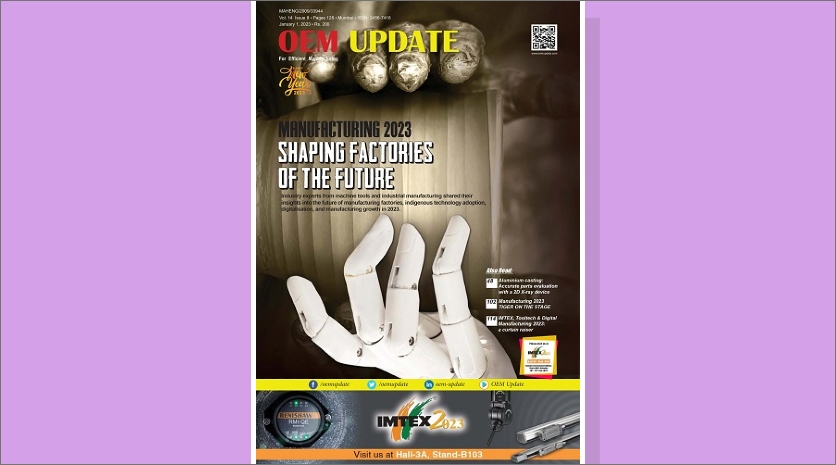
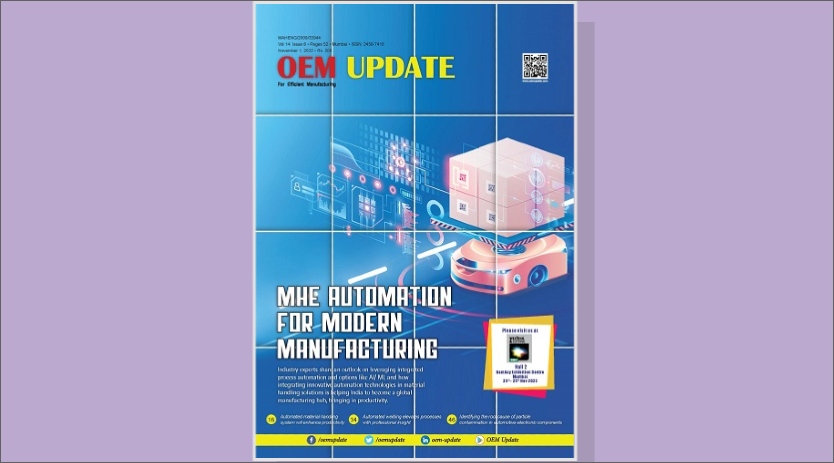

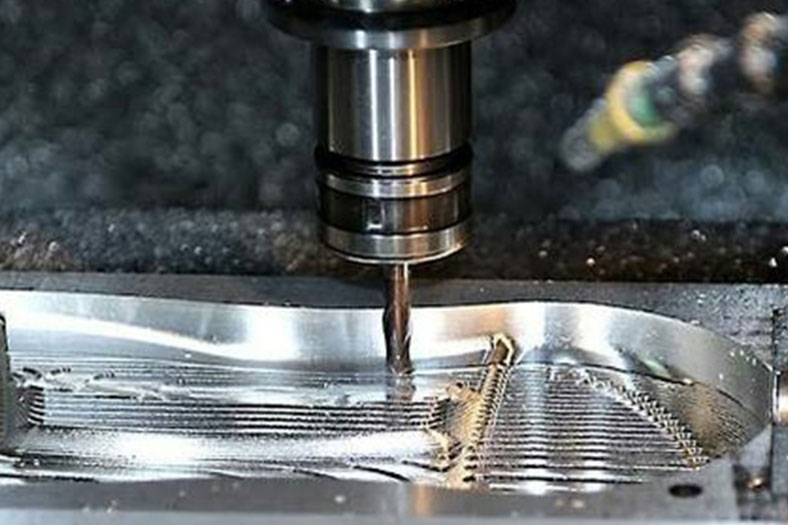
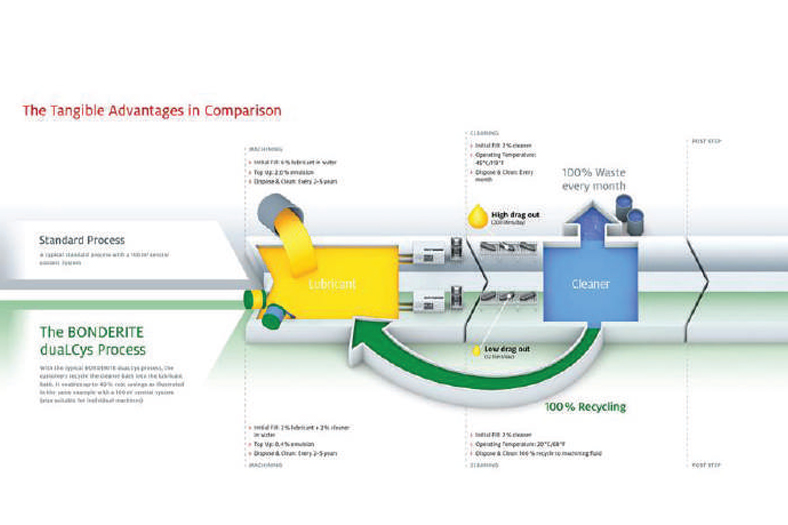

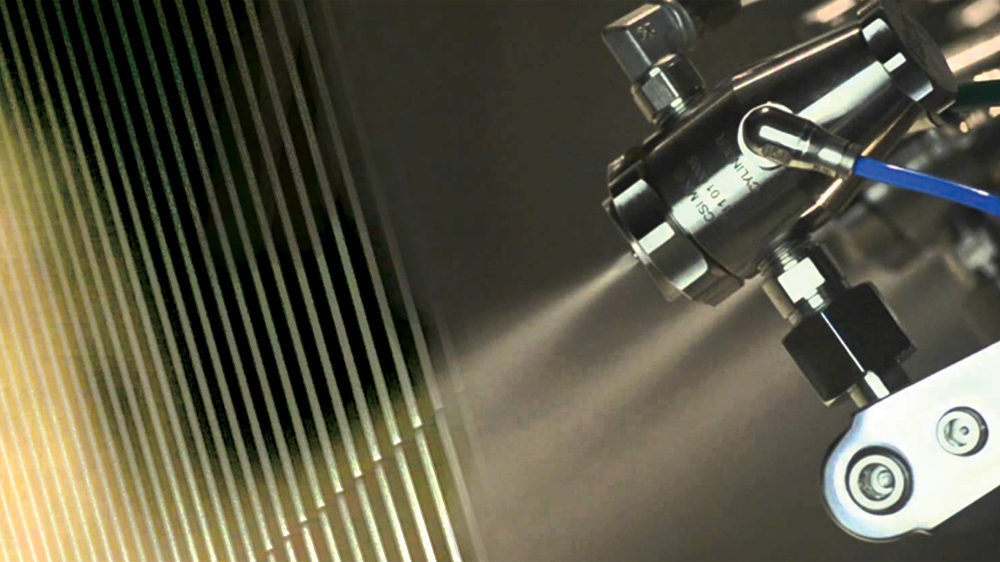
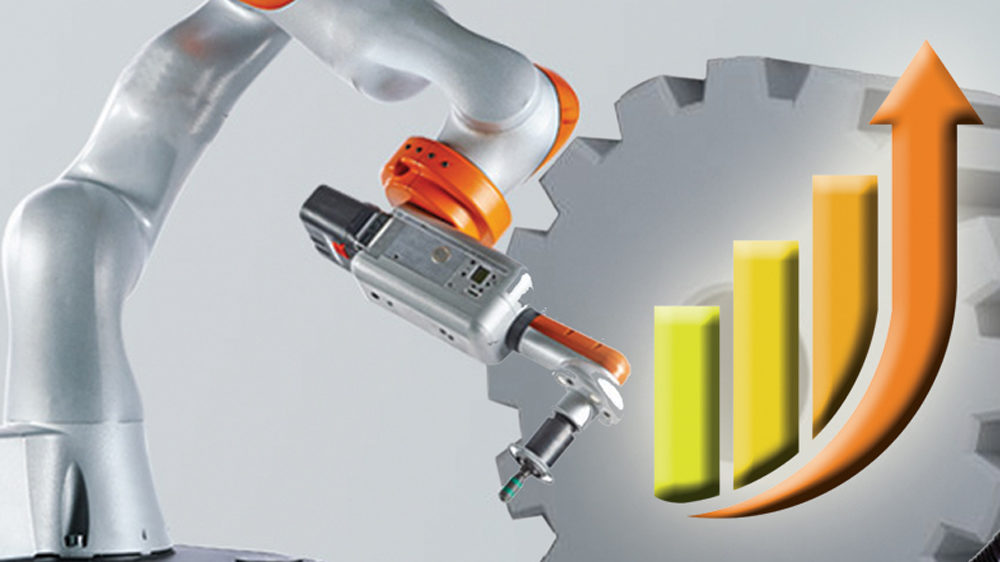
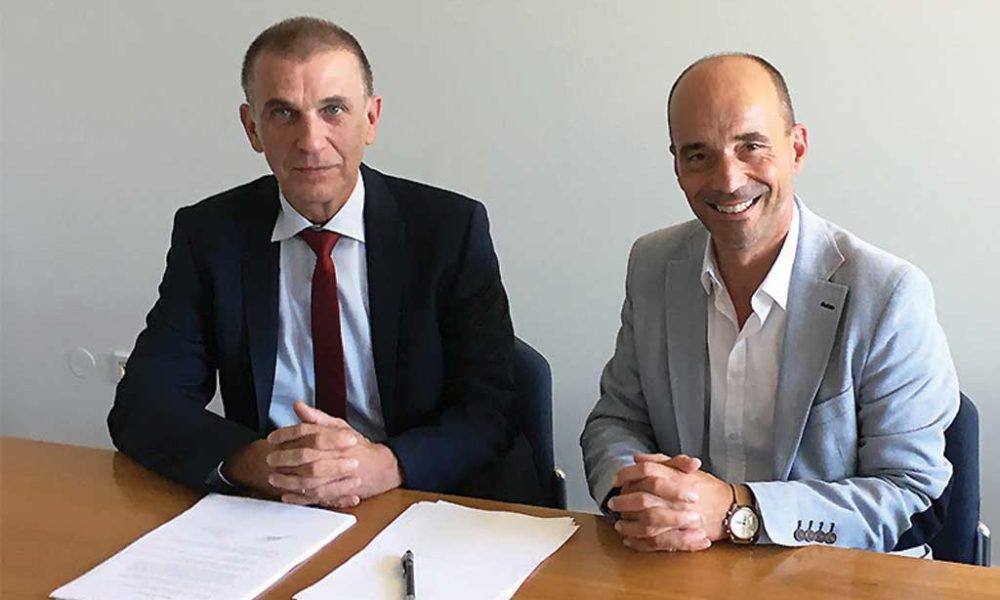
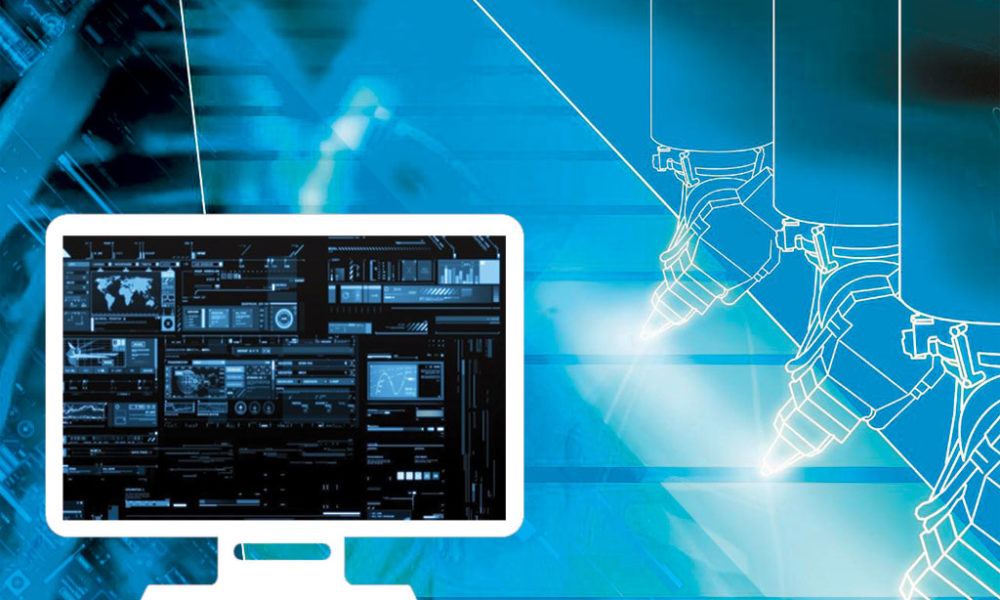





 English
English Hindi
Hindi